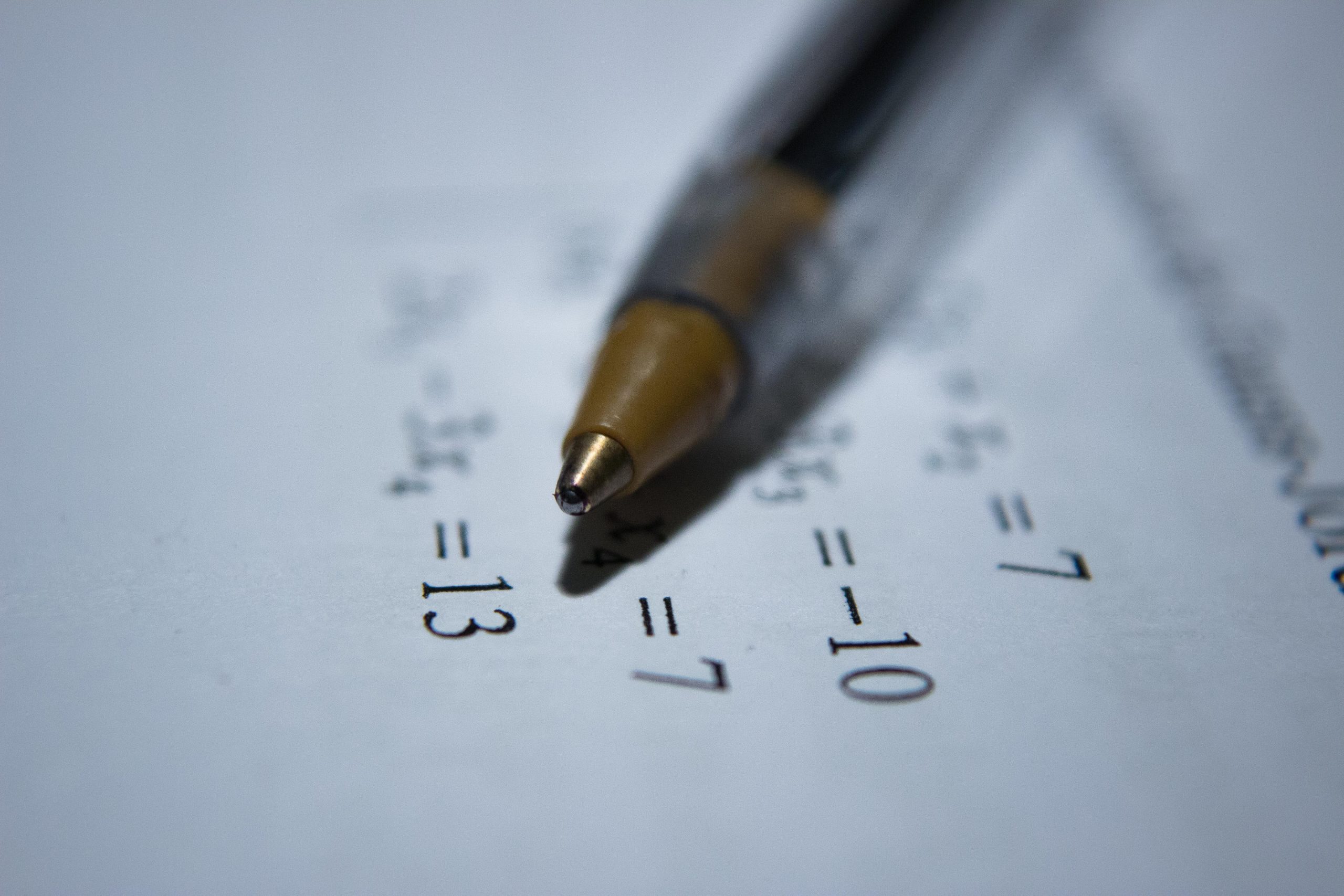I guess you still remember these lines;
60 seconds make 1 minute
60 minutes makes 1 hour
24 hours makes 1 day
7 days make 1 week…
Yes… You turned it into a rhyme.
While there are a lot of opinions shared about Mathematics – being a difficult subject, being abstract, not easily relatable etc. it is important to take certain factors into consideration.
Several factors can affect understanding in math class, including the complexity of the topic, the teaching style, and the student’s prior knowledge and skills. These factors can influence the amount of time needed to achieve understanding.
Math classes vary in durations, from 30 minutes to 1 hour.
The question to discuss is if the duration is enough to solidify a concept for the students to understand the concept taught.
While there is no one-size-fits-all answer to “how much time makes one understanding” in a math class, research suggests that shorter, more frequent lessons may be more effective than longer ones. According to a study published in the Journal of Educational Psychology, students who received shorter, 30-minute math lessons performed better on tests than those who received longer, 60-minute lessons. The study suggests that shorter lessons may help students stay focused and engaged, leading to better understanding and retention of material.
However, it is important to note that the optimal duration of math lessons may vary depending on the student’s age, grade level, and individual learning needs. Teachers should consider these factors when planning lessons and aim to find the right balance between time spent and understanding for each student.
Time is a crucial factor in the learning process, especially in math classes. Students need time to absorb new concepts, practice problem-solving, and ask questions. However, spending too much time on a single topic can lead to boredom and disengagement. Therefore, finding the right balance between time spent and understanding is essential for effective learning.
Regardless of the scheduled duration of the class, the teacher has a lot to do to achieve objectives by the end of the class and each student is required to grasp the concept within the stipulated time. It’s more or less a race against time in most Mathematics classes – the teachers need to cover the syllabus and the students need to pass the exams.
-
- Attention Span
In a Mathematics class, the average attention span is around 20 minutes. This means that after 20 minutes of focused learning, students may begin to lose focus and their ability to retain information decreases.
Research shows that taking short breaks every 20-30 minutes can actually improve overall focus and retention. These breaks can be as simple as standing up and stretching or taking a quick walk around the classroom (I’ll add that the teacher should be creative with the breaks to ensure it is productive).
For the students, understanding the ideal attention span is crucial because it directly impacts their ability to learn and retain information. By taking regular breaks, students can optimize their learning potential.
-
- Learning Style
There are several learning styles – Visual, Auditory, Kinesthetic etc. Some students learn better through visual aids, while others prefer hands-on activities or verbal explanations. It’s important for teachers to consider all the learning patterns of the students to ensure no child is left behind and achieve results be the end of class.
-
- Prior Knowledge
Students who have a strong foundation in basic concepts will be better equipped to understand more complex materials. It’s important for teachers to ensure solid foundations are laid for every new concept being taught before it gets complex. Having to go back to past topics during a class sure eats deep into the limited time available and some students get bored too.
-
- Teacher Effectiveness
Prior factors are rooted in this – Teacher Effectiveness! To achieve more in a limited time, the teacher needs to be equipped with every and any available skill. Nothing is more frustrating than trying to do much within a limited time but the students are struggling to understand what is being taught. I say this always, “the creativity of the teacher in the class is dependent on his/her understanding of the concept”. Adequate preparation is needed and gathering of every needed material to ensure conceptual understanding.
Teachers who are engaging, clear, and supportive can help students feel confident and motivated to learn.
While some teachers ask for more time, what is done with the time is the key factor – it’s either the students get bored and uninterested or asking for more and having a solid conceptual understanding.
So… As a teacher or student, how much time do you need in a math class to ensure understanding.












